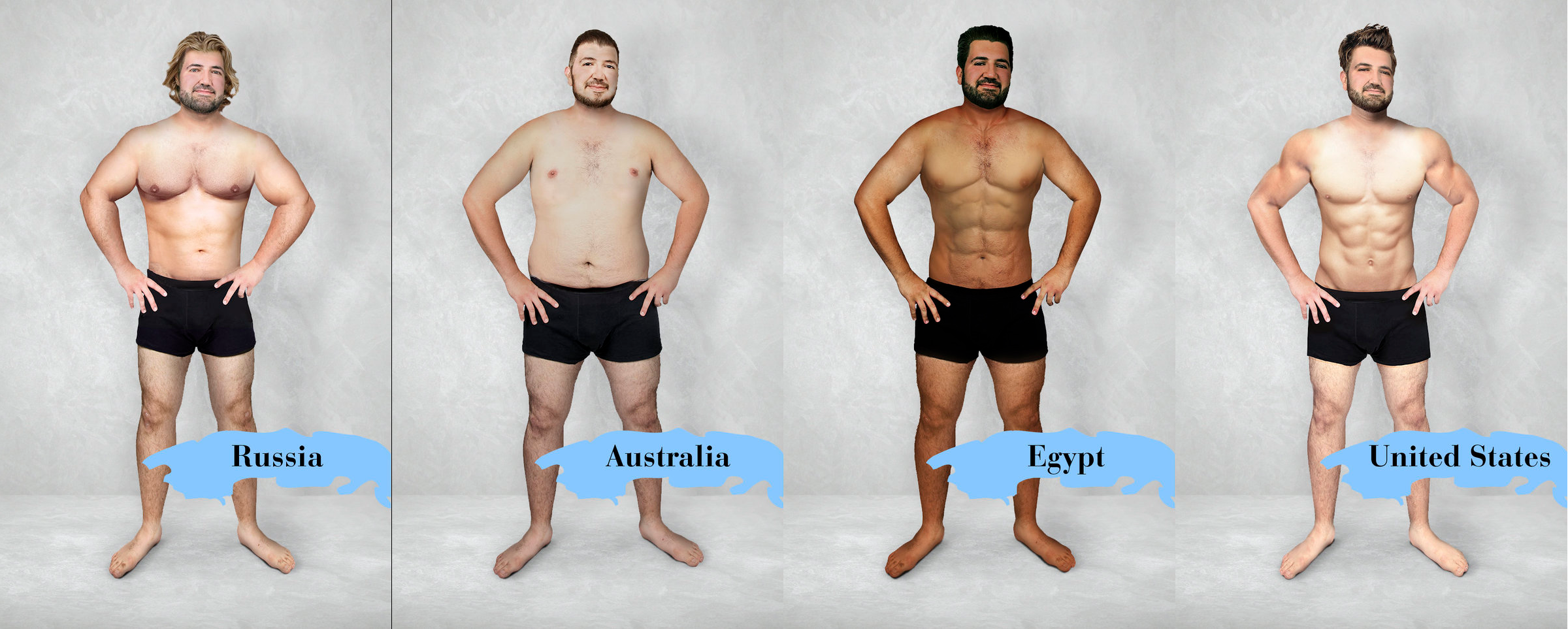

After puberty, hips are generally wider than shoulders. The upper limb in females have an outward angulation (carrying angle) at elbow level to accommodate the wider pelvis. This sometimes affects their walking style, resulting in hip sway. The sacrum in females is shorter and wider, and also directed more toward the rear (see image). Because the female pelvis is flatter, more rounded and proportionally larger, the head of the fetus may pass during childbirth. Hence females generally have wider hips, permitting childbirth.

Widening of the hip bones occurs as part of the female pubertal process, and estrogens (the predominant sex hormones in females) cause a widening of the pelvis as a part of sexual differentiation. Inherited genes play a large part in the development of body shape.

In adult humans, muscle mass may change due to exercise, and fat distribution may change due to hormone fluctuations. The science of measuring and assessing body shape is called anthropometry.ĭuring puberty, differentiation of the male and female body occurs for the purpose of reproduction. Many aspects of body shape vary with gender and the female body shape especially has a complicated cultural history. Growth is usually completed between the ages of 13 and 18, at which time the epiphyseal plates of long bones close, allowing no further growth (see Human skeleton). Skeletal structure grows and changes only up to the point at which a human reaches adulthood and remains essentially the same for the rest of their life. The general shape or figure of a person is defined mainly by the molding of skeletal structures, as well as the distribution of muscles and fat. Human body shape is a complex phenomenon with sophisticated detail and function.


 0 kommentar(er)
0 kommentar(er)
